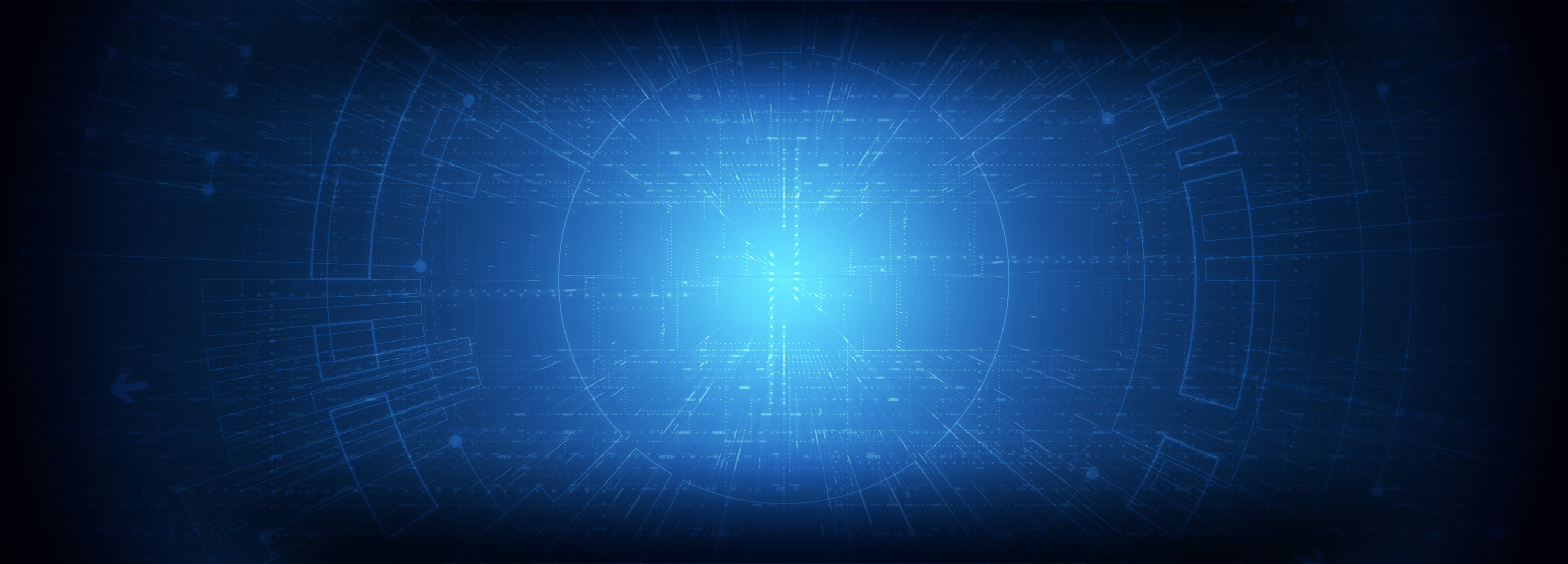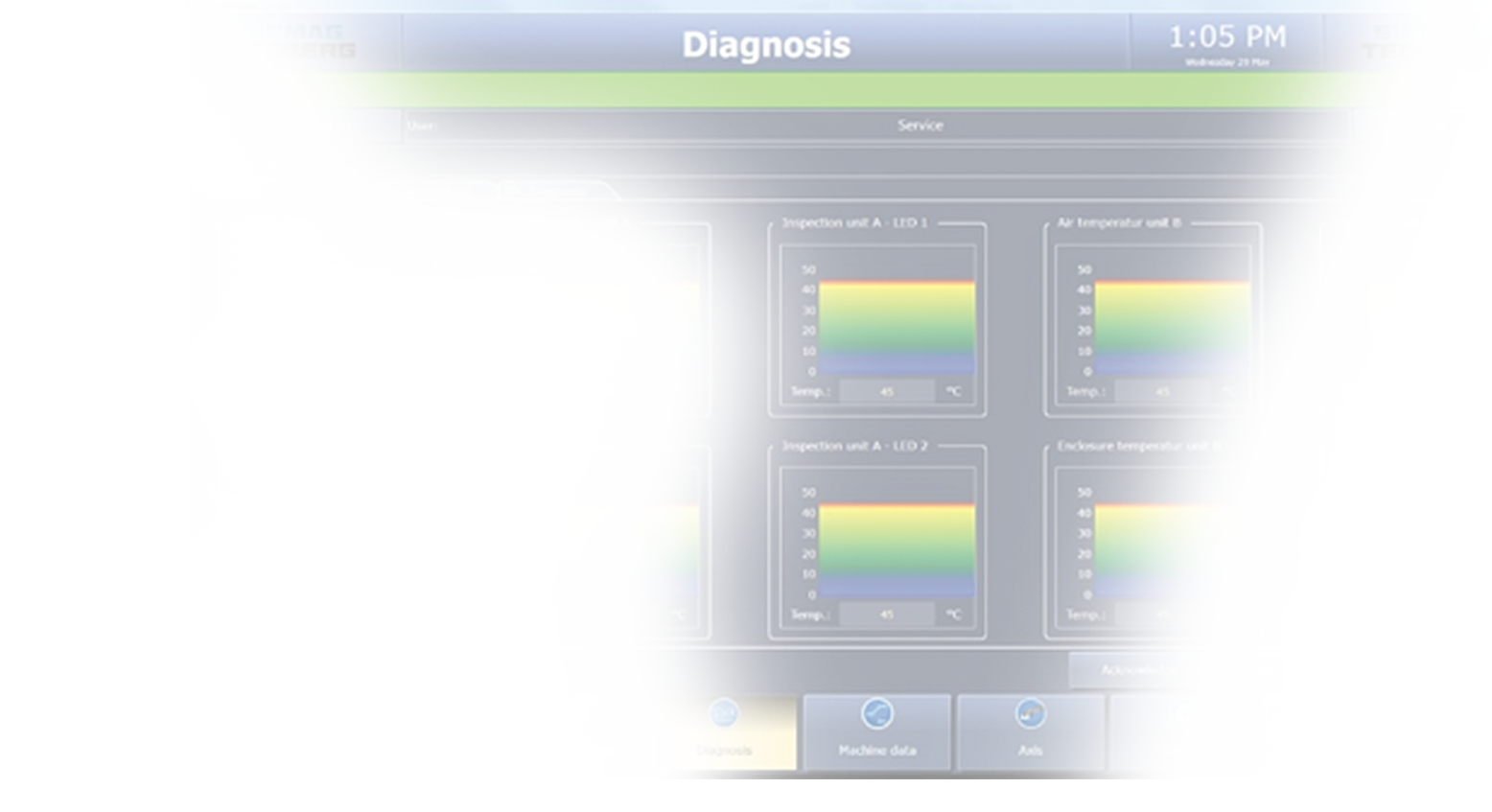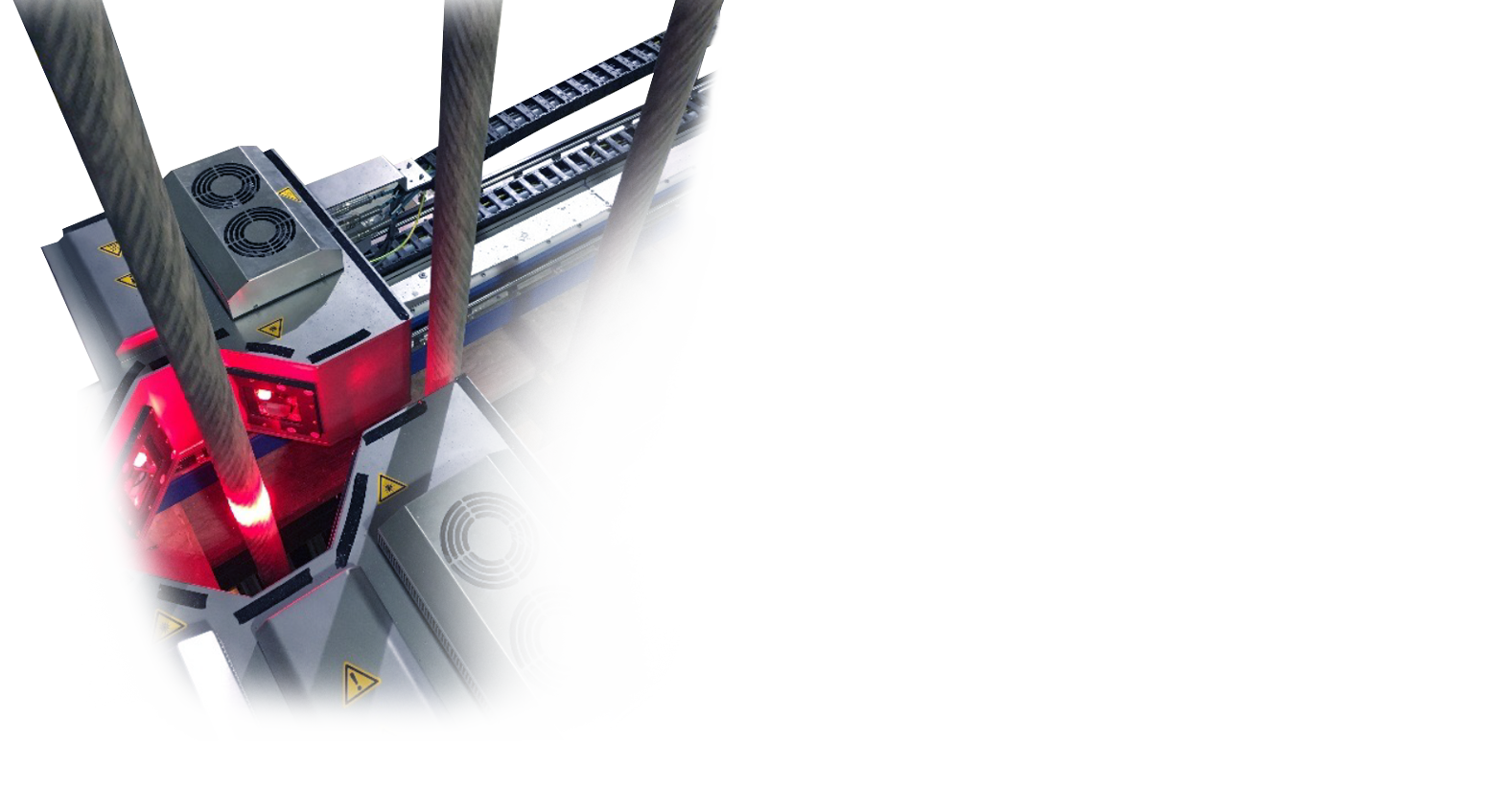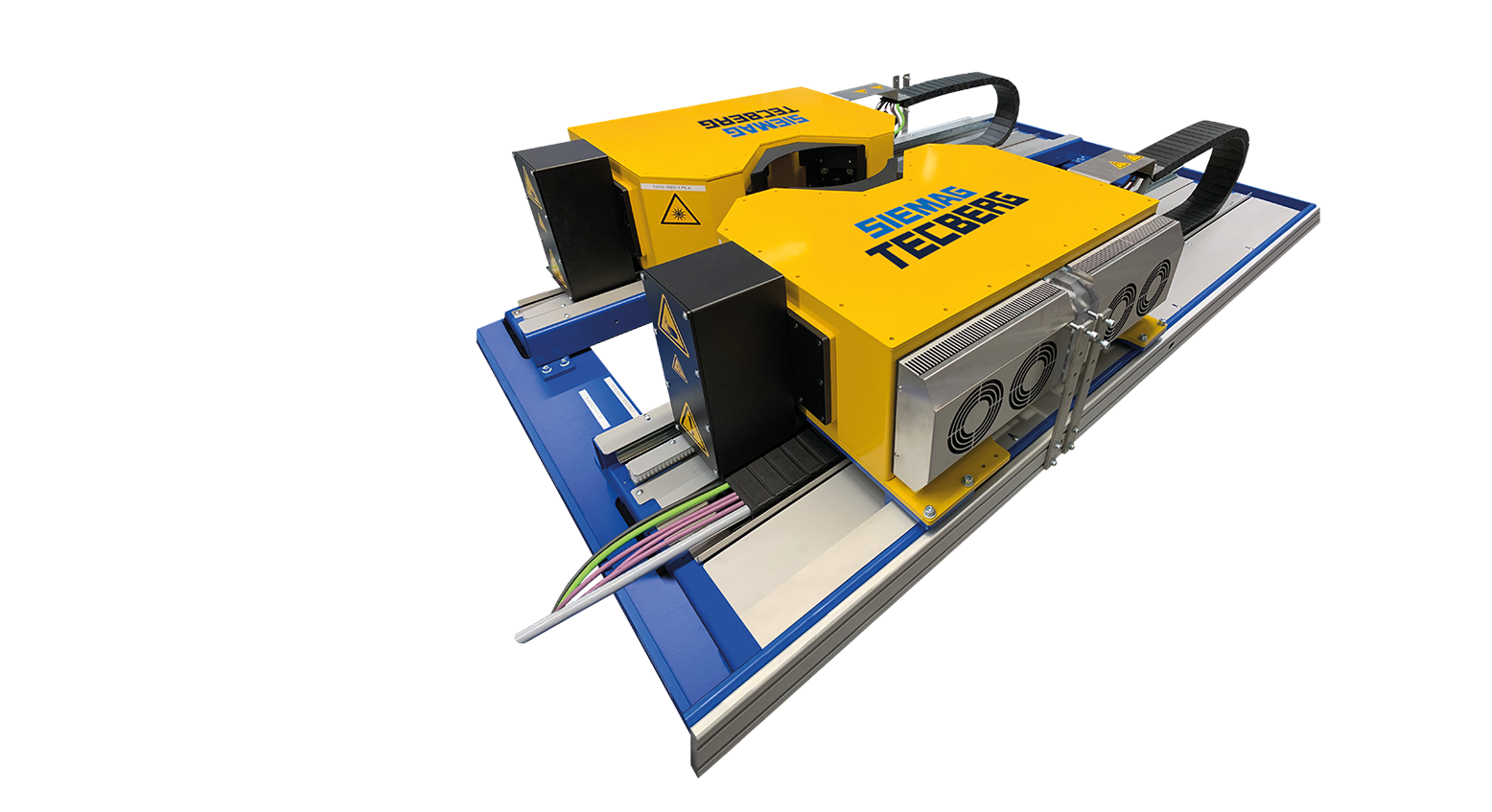CRIS
Condition Monitoring for ropes - Camera-Assisted Rope Inspection System.
The mostly daily inspection of hoisting ropes is strictly regulated in nearly all underground mines worldwide by relevant country-specific regulations and the inspection and maintenance requirements of local supervisory authorities.
CRIS is a camera-assisted rope inspection system employing four high-performance cameras for a full-surface inspection of the entire circumference of hoisting ropes, combined with software-based image data analysis for identification of abnormal rope sections. A final expert assessment of all deviations automatically identified and recorded by the system, such as diameter changes, change in lay length or protruding wire breaks, is carried out by qualified specialist personnel at the monitor.
THE WEAKNESSES OF THE CONVENTIONAL ROPE INSPECTION
Conventional rope inspection during a visual inspection by an observer with the naked eye has some glaring weaknesses. Because of the 180° field of vision, the amount of rope surface that is theoretically visible to an observer is 50 %. Although because of the curved surface and the physiological properties of the human eye demonstrably only 25 % of the rope surface is truly visible!
Added to this are the mostly difficult working conditions for inspecting personnel through poor ergonomics, damp, dust, draughts, darkness and cold at the point of inspection and hazards caused by moving parts. Furthermore great and protracted concentration by the inspecting personnel is required.
The reproducibility of inspection results is poor, diameter reductions and fluctuations in lay length are difficult to detect. The type of wire breaks, number, distribution and time of occurrence are not documented. High rope velocity that even in inspection mode is still relatively high, and the number of ropes reduce the likelihood of fault identification during a visual rope inspection.
Also to be considered is the reduced hoisting rate caused by the rope speed of approx. 0.5 m/s during human inspection and the at least 60-minute-long hoisting stoppage needed for the inspection of a rope 1,500 m in length. Daily rope inspection means reduction of hoisting capacity by about 4.2 % (60 min/24 hrs).
The advantages of CRIS
CRIS enables the proven weaknesses of conventional rope inspection to be completely compensated for. As well as the many qualitative advantages deriving from digitisation of rope inspection and the obvious safety advantages for the inspection personnel, CRIS impresses by its financial advantages:
- The system enables a number of ropes to be inspected at the same time without conversion work and ensures an extended service life of the ropes and lifting gear.
- But more than anything else the system operator using CRIS achieves reduced limitation of daily hoisting capacity thanks to an average hoisting time saving of plus 2.2 hrs a day!




